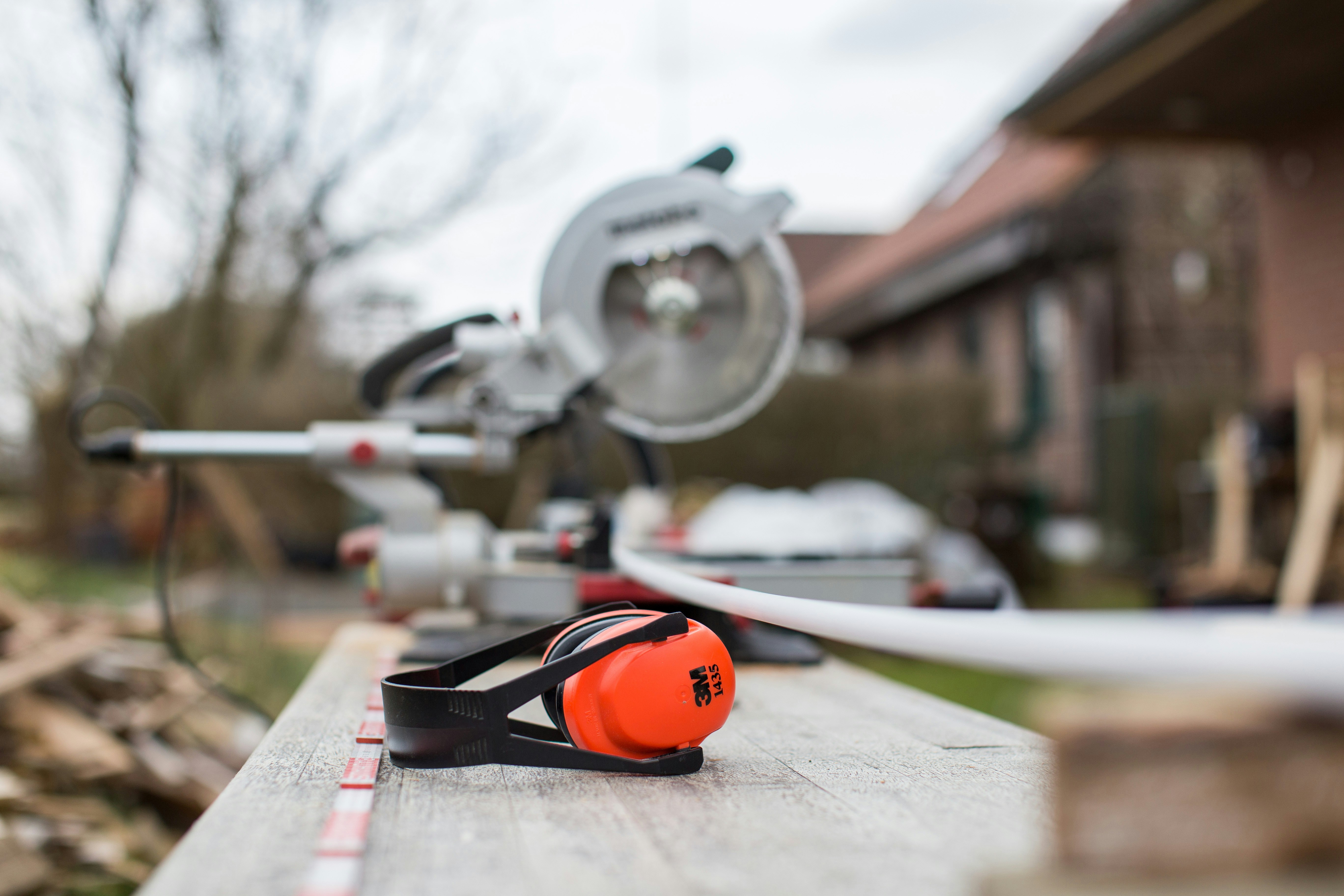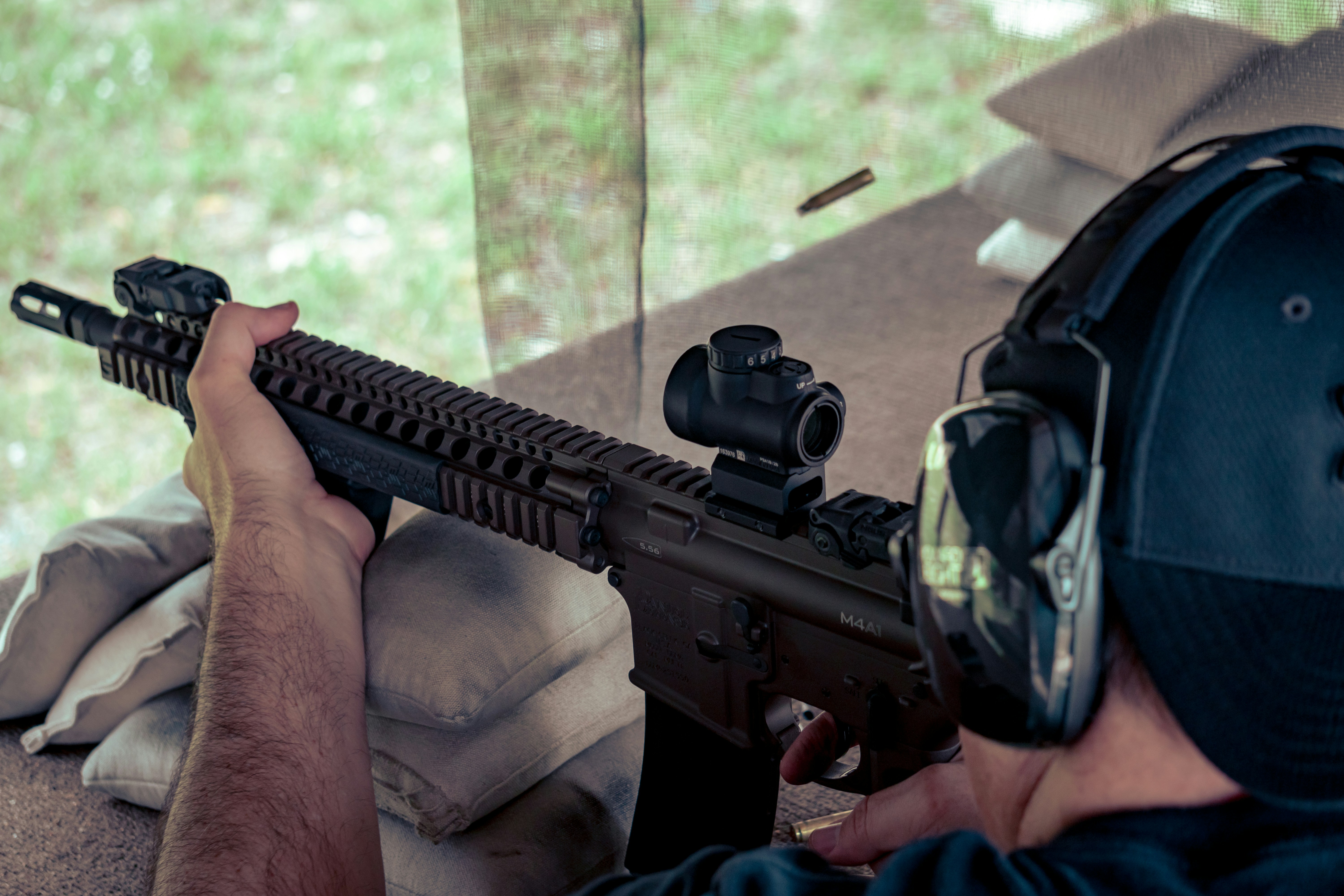How Loud Is 100 Decibels?
Imagine a night club, pulsating with music and laughter, or a lawnmower roaring to life on a Sunday morning. At 100 decibels, the sound can reach levels that might surprise you. But just how loud is 100 decibels, and what impact can it have on your ears? Before you jump to conclusions, consider the potential risks and precautions you should take when faced with noise at this intensity.
We are supported by our audience. When you purchase through links on our site, we may earn an affiliate commission, at no extra cost for you. Learn more. Last update on 5th June 2025 / Images from Amazon Product Advertising API.
Sound Intensity at 100 Decibels
At 100 decibels, the sound intensity reaches levels comparable to a bustling nightclub or the roaring of a chainsaw. This level of noise can be damaging to your hearing if you are exposed to it for extended periods. Sound at 100 decibels is not just loud; it can cause permanent harm to your ears. The sound pressure levels at 100 decibels are 20 times higher than the threshold for hearing damage, making it crucial to protect your ears from such intense noise.
Exposure to loud sounds like those at 100 decibels can result in noise-induced hearing loss, a condition that affects millions of people worldwide. To prevent this type of hearing damage, it is essential to control the volume of the sounds you are exposed to. Whether it’s listening to music, operating machinery, or attending events with loud noises, being mindful of the sound intensity at 100 decibels and taking steps to reduce your exposure can significantly impact your long-term hearing health.
Understanding the potential harm that can come from exposure to 100 decibels is the first step in protecting your ears. By recognizing the noise levels that can cause damage and taking proactive measures to limit your exposure, you can help prevent noise-induced hearing issues and preserve your hearing for years to come.

Impact of 100 Decibels on Hearing
Excessive exposure to 100 decibels can swiftly result in irreversible damage to your hearing. At this loudness level, even short exposure times of just 15 minutes can cause hearing damage. To put this into perspective, 100 decibels is akin to the noise level experienced in a typical night club or generated by a loud lawnmower.
Continuous exposure to 100 decibels poses a significant risk, potentially leading to permanent hearing loss over time. The National Institute for Occupational Safety and Health (NIOSH) recommends limiting noise exposure to 100 decibels to protect your hearing health. This recommendation underscores the importance of understanding the impact of 100 decibels and taking necessary precautions in loud environments.
To safeguard your hearing, it is crucial to be mindful of safe noise levels and the duration of exposure to loud sounds. Utilizing hearing protection devices, such as earplugs or earmuffs, can significantly reduce the risk of hearing damage when you find yourself in environments with high noise levels. By following guidelines set by organizations like NIOSH and being proactive in protecting your ears, you can mitigate the potential harm associated with exposure to 100 decibels.
Health Risks of 100 Decibels
Prolonged exposure to 100 decibels poses a significant risk of hearing damage, necessitating proactive measures to safeguard your auditory health. According to NIOSH guidelines, even a short exposure of 15 minutes to this intensity can cause hearing damage. At 100 decibels, the sound intensity is 32 times higher than the 85 dB threshold considered safe for exposure. Common sources of this level of noise include environments like nightclubs, rock concerts, and working with power tools such as jackhammers.
Continuous exposure to 100 decibels can result in both temporary and permanent hearing loss. It is crucial to limit your exposure to such high decibel levels. When in environments with 100 decibels of noise, wearing proper hearing protection is essential to prevent long-term damage to your hearing. Taking proactive steps to protect your hearing, such as using earplugs or earmuffs, can significantly reduce the risk of hearing loss associated with exposure to 100 decibels. Remember, your hearing is precious, and taking precautions to safeguard it is vital for your long-term auditory health.

Real-world Examples of 100 Decibels
Real-world scenarios where 100 decibels are commonly encountered include nightclubs, chainsaw operation, rock concerts, and certain sporting events. These environments can pose a risk to your hearing health if proper precautions are not taken. Exposure to loud noise at 100 decibels can cause hearing damage over time, making it crucial to protect your ears in such situations. Here are some examples of where you might encounter 100 decibels:
- Nightclubs: The loud music and chatter in a nightclub can easily reach 100 dB, especially close to the speakers or on the dance floor. The Occupational Safety and Health Administration (OSHA) recommends limiting exposure to 100 dB to just 15 minutes to prevent hearing damage.
- Chainsaw Operation: Operating a chainsaw without proper hearing protection can expose you to noise levels around 100 dB. The loud and continuous noise produced by the chainsaw can lead to irreversible hearing loss if precautions are not taken.
- Rock Concerts: Rock concerts are notorious for their high noise levels, often exceeding 100 dB. The powerful sound systems and energetic performances can create a thrilling experience but also pose a risk to your hearing if you do not use effective hearing protection.
Being aware of these different noise sources and the potential harm they can cause is essential in understanding the importance of protecting your hearing in loud environments.

Protecting Yourself From 100 Decibels
To safeguard your hearing from the damaging effects of 100 decibels, it is imperative to utilize appropriate ear protection methods consistently. Exposure to noise levels at 100 decibels can lead to hearing damage after just 15 minutes without protection. This level of noise is akin to the sound experienced in a busy nightclub or while operating a chainsaw. When faced with such loud environments, protecting your ears becomes paramount in preventing hearing loss.
Prolonged exposure to 100 decibels can cause irreversible harm to the delicate structures within the ear canal. Therefore, understanding the risks associated with this level of noise is crucial for maintaining good hearing health. The National Institute for Occupational Safety and Health (NIOSH) recommends using ear protection devices such as earplugs or earmuffs when exposed to 100 decibels or louder.

